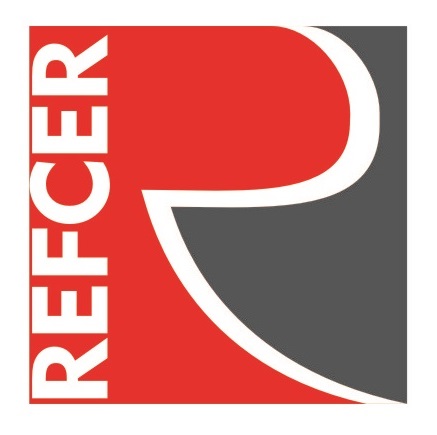Functional Refractories for Continuous Casting Process of Steelmaking
Conventional functional refractories refer to slide gate, ladle shroud, stopper and submerged entry nozzle (SEN). Apart from the qualifications that general refractories must possess, they also serve such functions as flow control of molten steel, stabilizing liquid steel level in tundish and copper mold, protective casting, regulating molten steel distribution, gas blowing and stirring, anti-clogging, reducing impurity inclusions, EAF and BOF slag-free tapping, etc., making them indispensable for modern continuous casting of steel making.
Due to tough working conditions, in terms of high temperature and strong temperature fluctuation, erosion and corrosion by various high temperature media, complex and alternative effect by mechanical and structural stresses, etc., such important properties as good thermal shock resistance, high hot strength, good resistances to erosion and corrosion, accurate geometric configuration and dimensions, and good surface smoothness are critically required for functional refractories.
To meet such requirements, these products are manufactured by special technologies, using high purity synthesized raw materials and engineered materials; and most of them are of a combination of refractory, metallic and insulation materials. In recent years, with rapid development of continuous casting, high production efficiency and rhythm, as well as increasing demand on casting quality by various high and special steel grades, researches and applications concerning functional refractories are greatly promoted, with focuses mainly on the following aspects,
Diversity and complex
Conception of diversity is advocated for selection of raw materials for functional refractories, technically, to meet specific requirements by different applications, complex or graded materials are designed and prepared, for example, materials of high and low grade, dense and low thermal expansion, reinforced and toughened, erosion resistant and lightened, are composited with each other. Targeted component, bond phase and structure are designed as per required properties; raw materials and production technology are optimized, in order to obtain complex phase, multi-phase component, by which comprehensive high temperature performance can be improved.
Simplicity and complexity in structure
Taking production convenience, homogeneity and stress distribution into account, a simple, symmetrical and streamlined macrostructure is required for functional refractories; and from the point view of performance improvement, complex microstructure is needed to increase phase categories, crystalline configuration, oriental distribution variability, disordering, intersections, etc.
Greening
Greening production technologies, typically medium and low temperature firing and short production processes are proposed, from concerns on energy conservation, eco-friendliness, production process streamlining and cost reduction. Furthermore, researches on online repairing and maintenance technologies to extend service life and reduce material consumption for functional refractories are encouraged.
To meet increasing development and varied requirements by continuous casting process of steelmaking technology, material quality of functional refractories is being constantly improved, aiming to comprehensively enhance thermal performances, in terms of corrosion, thermal shock and abrasion resistance, anti-oxidization, etc., and prolong service life. Material qualities of functional refractories, concluded by the authors, will be further developed towards diversity, compositionality, complexity, greening, and so on.


